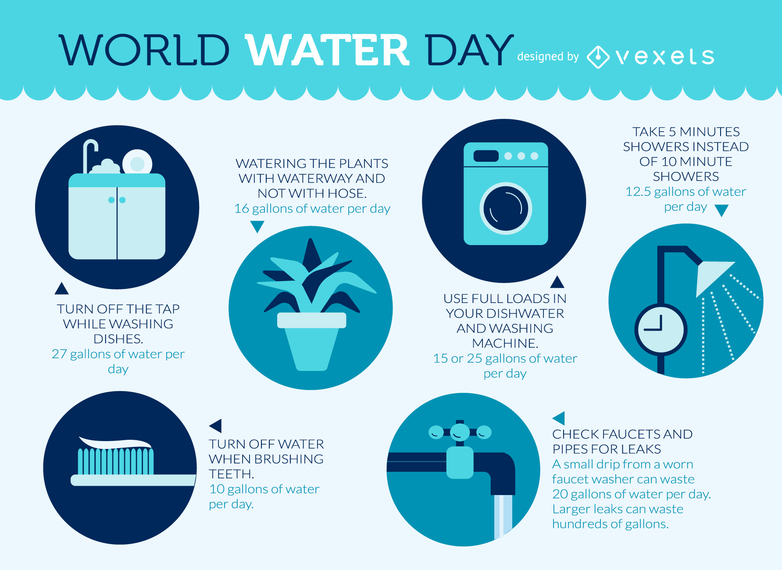World Water Day, on 22 March every year, is about taking action to tackle the water crisis. Today, 1.8 billion people use a source of drinking water contaminated with faeces, putting them at risk of contracting cholera, dysentery, typhoid and polio.
Fast Facts on Water
- Globally, over 80% of the wastewater generated by society flows back into the ecosystem without being treated or reused. (Sato et al, 2013)
- 1.8 billion people use a source of drinking water contaminated with faeces, putting them at risk of contracting cholera, dysentery, typhoid and polio. Unsafe water, poor sanitation and hygiene cause around 842,000 deaths each year. (WHO/UNICEF 2014/WHO 2014)
- The opportunities from exploiting wastewater as a resource are enormous. Safely managed wastewater is an affordable and sustainable source of water, energy, nutrients and other recoverable materials.
Water Day 2017 Theme: Why Wastewater?
Today, 1.8 billion people use a source of drinking water contaminated with faeces, putting them at risk of contracting cholera, dysentery, typhoid and polio.
This year, we focus on wastewater and ways to reduce and reuse as over 80% of all the wastewater from our homes, cities, industry and agriculture flows back to nature polluting the environment and losing valuable nutrients and other recoverable materials.
We need to improve the collection and treatment of wastewater and safely reuse it. At the same time, we need to reduce the quantity and pollution load of wastewater we produce, to help protect the environment and our water resources.
Wastewater could be key to tackling growing water scarcity
An African water and wastewater solutions company Talbot & Talbot believe sustainable water solutions are possible through improved water management. “Treated wastewater may be a key strategy to meet the water needs on the African continent and can also help to address parallel challenges of food production and industrial development” Managing director of Talbot & Talbot Carl Haycock said.
Water demand can be reduced, which could consequently reduce the impact on catchments, through the treatment and recycling of wastewater using various technologies. The water reuse by industries within their processes improves water availability in the catchment which ultimately supports social and economic development, driving the SDGs.
One in four children will live with water scarcity by 2040: UN Report
One in four of the world’s children will be living in areas with extremely limited water resources by 2040 as a result of climate change, the UN has warned.
Within two decades, 600 million children will be in regions enduring extreme water stress, with a great deal of competition for the available supply. The poorest and most disadvantaged will suffer most, according to research published by the children’s agency, Unicef, to mark World Water Day on Wednesday.
Across the world, the UN’s report says that 36 countries are facing extremely high levels of water stress, which occurs when demand far exceeds the renewable supply available. Warmer temperatures, rising sea levels, increased floods, droughts and melting ice affect the quality and availability of water, as do sanitation systems.





